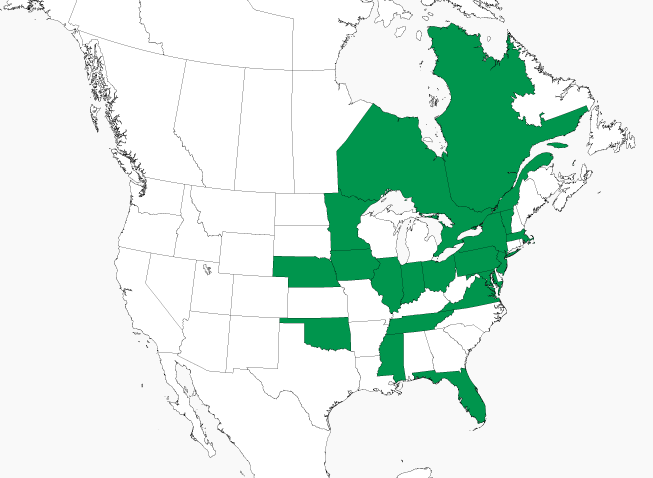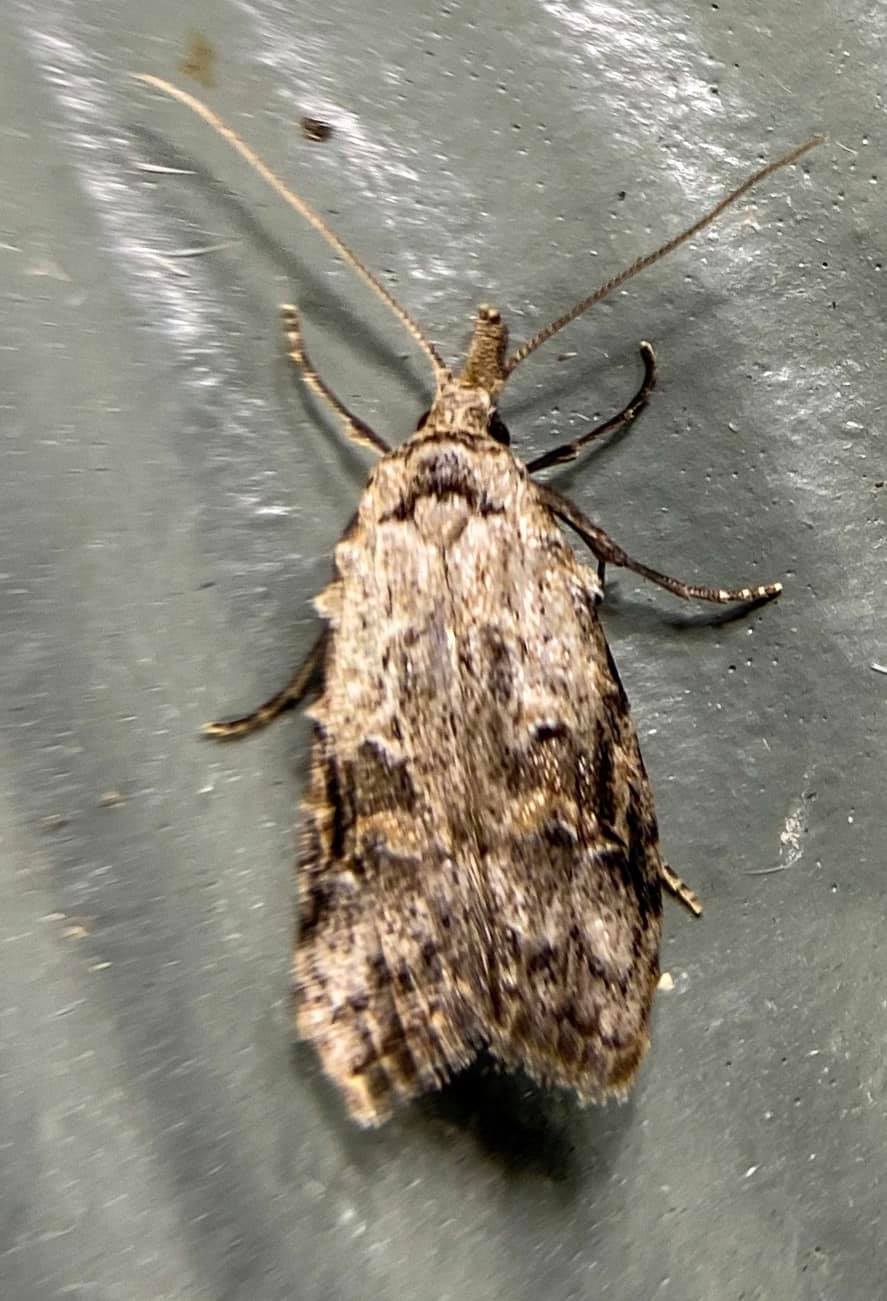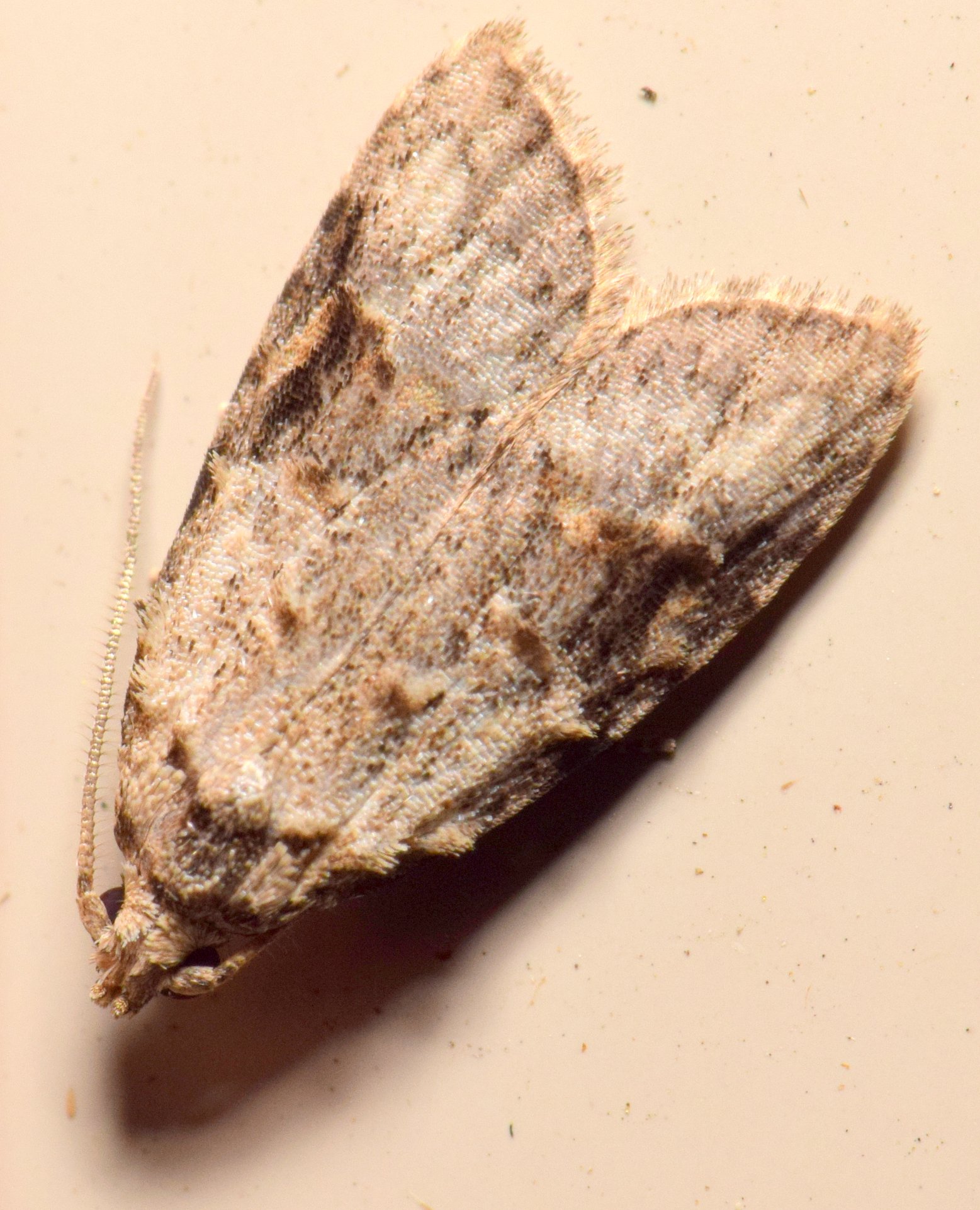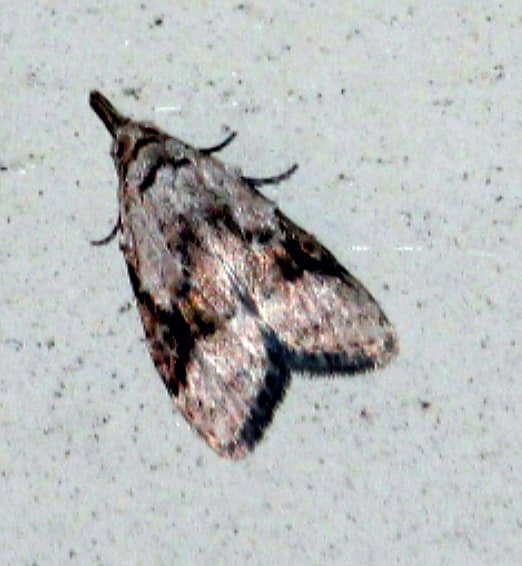ECOLOGY ▪ EDUCATION ▪ ADVOCACY
Carposina: Combines the greek words Carpo meaning “fruit,” and sin meaning “damage” because the larvae of these moths feed on the foliage of many cultivated fruit trees.
fernaldana: Species named in honor of Charles H. Fernald (1838-1921), an American entomologist from Maine and first full-time professor at the University of Massachusetts Amherst. He was also the first college professor of economic entomology and documented many Micro-Lepidoptera throughout his career.
Car-poh-sye-nuh fern-ahl-dan-uh
This map shows the verified sightings of the currant fruitworm moth in Indiana. All sightings were confirmed through photographic documentation by individuals who contributed to the Great American IN Nature Lepidoptera Project (GAIN LP).
 |
GAIN LP documented in county. |
Documented North American Sightings as of 11/10/2020

| Date | County | Observer | Notes | Image1 | Image2 |
|---|---|---|---|---|---|
| 2020-08-24 | Hamilton | McCord, Dan | Adult |
 |

|
| 2020-08-17 | Porter | Joll, Chris | Adult |
 |

|
| 2020-08-02 | Wayne | English, Philip | Adult |
 |

|
 NR: Not ranked
NR: Not ranked
Currant Fruitworm Moth caterpillars feed on the foliage of trees and shrubs in the Rose (Rosaceae) and current (Grossulariaceae) families.
| Known Larval Food Sources in Indiana | ||
| Family | Taxonomic Name | Common Name |
|---|---|---|
| Order: Rosales | ||
| Rosaceae | Crataegus spp. | hawthorns |
| Malus spp. | apples and crabapples | |
| Order: Saxifragales | ||
| Grossulariaceae | Ribes spp. | currants and gooseberries |